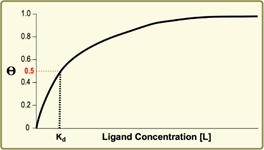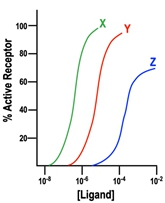Biosignaling is a fundamental concept in biology that refers to the ability of living cells to produce, receive, and respond to external signals and conditions. This process is crucial for cellular communication, allowing cells to react to various stimuli in their environment. At the core of biosignaling is the interaction between signaling cells and target cells.
In this context, a signaling cell can be likened to an archer, sending out signals in the form of ligands—molecules that can diffuse through the extracellular space. These ligands are specifically designed to bind to receptors located on the plasma membrane of target cells. The target cell is equipped with the appropriate receptor that matches the ligand, enabling it to respond effectively to the signal.
When a ligand binds to its receptor, it triggers a cascade of intracellular events within the target cell, leading to a specific cellular response. This mechanism exemplifies how cells communicate with one another, facilitating processes essential for life.
Examples of biosignaling molecules include antigens, growth factors, hormones, light, mechanical touch, and neurotransmitters. Each of these molecules plays a unique role in various signaling pathways, contributing to the complex network of cellular communication.
Understanding biosignaling lays the groundwork for exploring more intricate topics such as signal transduction, which will be discussed in subsequent lessons. This foundational knowledge is vital for grasping how cells interact and respond to their environment, ultimately influencing biological functions and processes.



